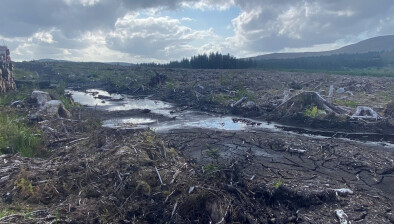Community ownership increases across Scotland

Malcolm Combe
Community ownership is increasing across Scotland, new figures from Scotland’s chief statistician show.
Community Ownership in Scotland 2018 presents the number of assets in community ownership, the number of community groups that own assets and the total area of assets in community ownership.
As at December 2018 there were 593 assets in community ownership, owned by 429 community groups and with a total area of 209,810 hectares, 2.7 per cent of the total land area of Scotland.
In 2018, 37 assets came into community ownership, an increase of 7 per cent from 556 in 2017, comprising an additional 3,223 hectares. There were 27 community groups which took ownership of assets for the first time in 2018.
Community ownership is widespread across Scotland but there is a large difference between the distribution of assets, the community groups that own them and their corresponding land area. Over a third (38 per cent) of assets and a similar proportion (39 per cent) of community groups are located in two local authorities: Highland (142 assets owned by 111 groups) and Argyll and Bute (84 assets owned by 54 groups).
Considering the land area of community-owned assets, Na h-Eileanan Siar and Highland together contain 96.4 per cent (202,174 hectares) of the land area in community ownership in Scotland: 60,042 hectares for Highland; and 142,132 hectares for Na h‑Eileanan Siar.
Malcolm Combe, lecturer in law at Strathclyde University, told Scottish Legal News: “These increases show another small but significant increase in the land area owned by communities, which reflects the incremental impact of the legal and policy measures in place to support community acquisitions in Scotland.
“That being said, the Scottish government has previously targeted a figure of 1 million acres (rather than hectares) in community ownership by the end of 2020, which is roughly five per cent of Scotland’s land area, and that target might seem a little optimistic on the current trajectory.”
Mr Combe, co-editor of a volume on land reform in Scotland due to be published in February next year, added: “Whilst these figures are important in their own right, they perhaps do not fully capture the drive towards urban land reform in the built environment, so there may also be a need to move away from – or develop a complementary means to – measuring matters purely on the basis of land area.”









